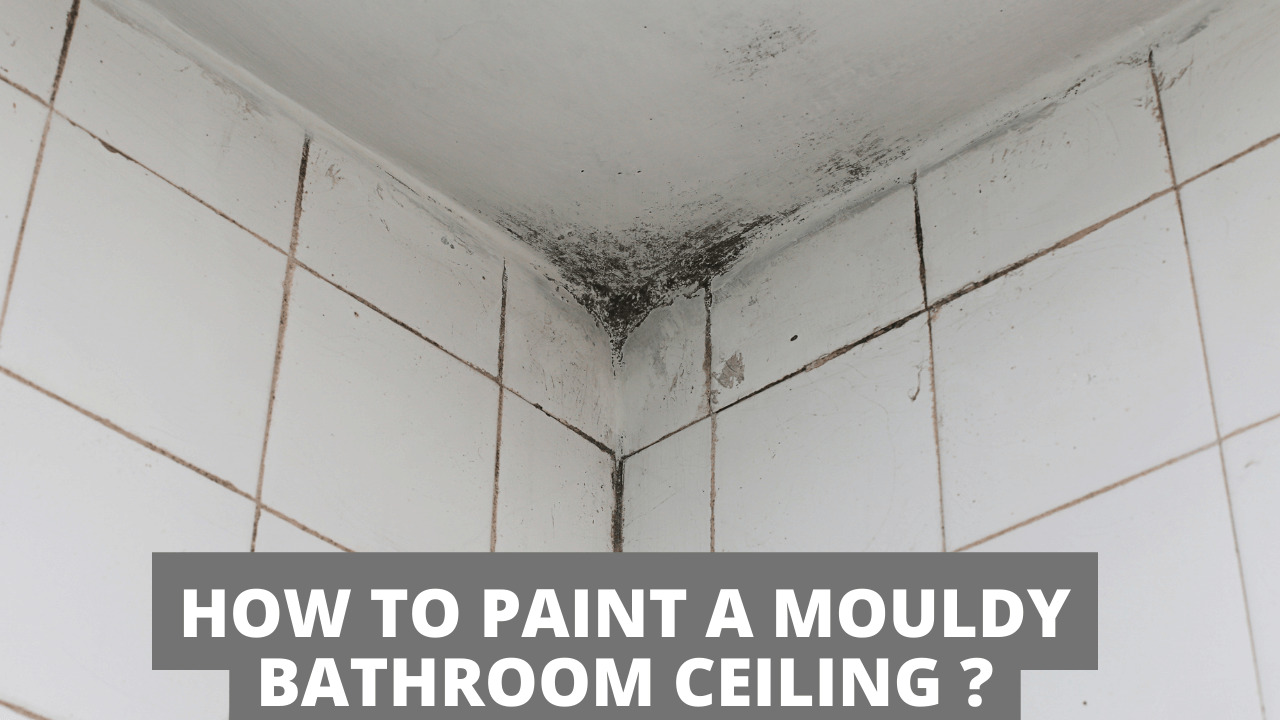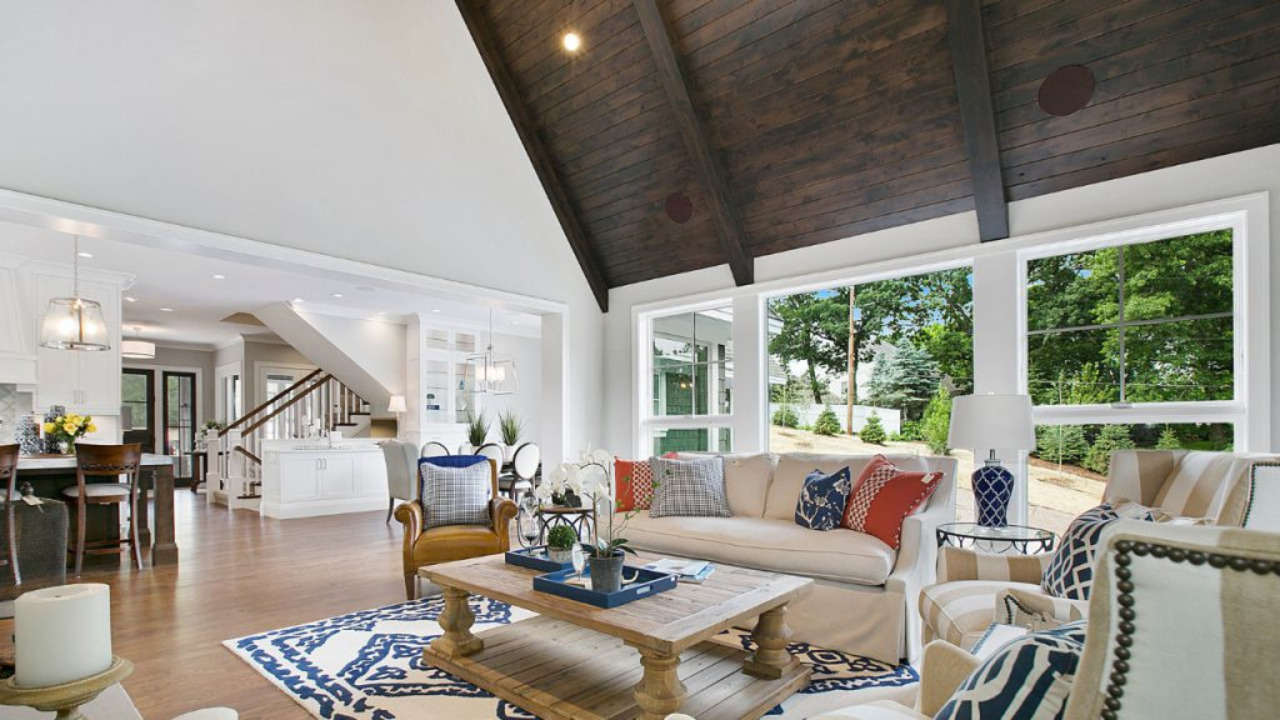Have you noticed peeling paint in the bathroom? If yes, you need to fix the peeling paint as soon as possible. It can be a telltale sign of bathroom mold! It’s easy to restore the beauty of your shower by learning how to paint a bathroom ceiling with mold. Before painting, remove the mold and apply a primer to the stained area.
Understanding the cause of the mold, curing it, and prepping the surface for painting are among the issues. If the mold is not properly managed, it will simply reappear. It is preferable to take action to prevent mold from returning.
Continue reading to learn how to paint a bathroom ceiling with mold properly.
Table of Contents
Why Mold Grows on Bathroom Ceiling
Mold thrives in damp or moist environments and those with poor air circulation. Bathrooms are likely to develop mold because the humidity is a key factor.
Mold can grow on a bathroom ceiling because showers, sinks, and bathtubs all contribute to moisture in the air. In case of a plumbing issue, mold can grow easily. Before repainting the bathroom, it’s vital to figure out the root cause of mold.
Mold can often take hold simply because of the humidity created by showers. If your bathroom doesn’t already have one, you can solve this problem by installing a vent fan. If you have an exhaust fan, make sure it’s ducted to the outside and powerful enough for the space. If not, it can be replaced with a more suitable model.
Steps to Paint a Moldy Bathroom Ceiling
It’s a bad idea to paint over mold without first destroying it and treating the area. If you paint over mold, the fungi will survive and reappear. Allowing mold to flourish and thrive behind a coat of paint allows it to spread, causing health issues for your family and potentially depreciating your property.
Clean The Ceiling Thoroughly
Some of the best cleaning agents you can use to clean and scrub the mold are:
- Vinegar
- Baking soda
- Borax
- Hydrogen peroxide
You can use any of these to ensure that mold is cleaned thoroughly.
Fill a spray bottle halfway with bleach and half with water. Allow the solution to sit for a few minutes on the moldy area. Because bleach has a strong odor, it’s better to spray the ceiling with the windows and doors open.
Vinegar or Borax can alternatively be used to replace bleach. But DO NOT mix vinegar with bleach – ever!
Combining these compounds might result in poisonous vapors that can be harmful if ingested. Mold can spread to other bathroom parts, including the walls, toilet, and shower.
Add a Coat of Primer Before Paint
Although painting a bathroom can be challenging, it is easy to do so without mold. However, after the mold has been removed, a paint primer should be applied to the affected area. Coating the area where the mold once stood will aid in the paint’s adhesion.
A coat of priming will also assist in preventing mold stains from appearing through the new paint. You should use an oil-based product, like a stain primer because it absorbs the stains and is an easy solution for the bathroom mold.
Without it, you’ll have to apply numerous coats of paint to achieve the same effect.
Paint The Ceiling Area
You can finally start painting now that the area has been primed. Repainting the entire ceiling rather than just the moldy area will result in a better, more equal finish. Use moisture-resistant paints that allow moisture to drip off rather than soaking into the drywall or wood for the greatest results.
The glossy texture of these moisture-resistant paints is common. Avoid paints designed for basements and external walls when selecting paints. External-use paints typically contain toxic quantities of chemicals that might cause respiratory problems.
Install a Vent Fan
It’s a good idea to keep any moisture in the area to a minimum to keep a bathroom ceiling clear of mold. The easiest method to do this is to use the vent fan properly. When someone is taking a shower, the bathroom vents should be turned on and left running for at least half an hour.
Instead of allowing moisture to linger in the air, this will pull it out.
Dehumidifiers and air conditioners can both aid with moisture control. Other minor changes can help to lessen overall bathroom dampness. Squeegee the glass shower doors, and wash off the tile with a soft towel.
It also helps to leave the bathroom door open after a shower. The less water left in the room, the less likely mold and mildew will establish a foothold.
Conclusion
If you know how to paint a bathroom ceiling with mold, it will help to prevent the mold from returning. You can restore the safety and attractiveness of your bathroom by removing the mold with home items, applying a coat of primer, and repainting the entire ceiling.
Repainting isn’t enough by itself, of course. Look for the source of the moisture that allowed the fungus to grow and address it to avoid future mold outbreaks. Mold may be controlled by cleaning the bathroom with borax regularly.





